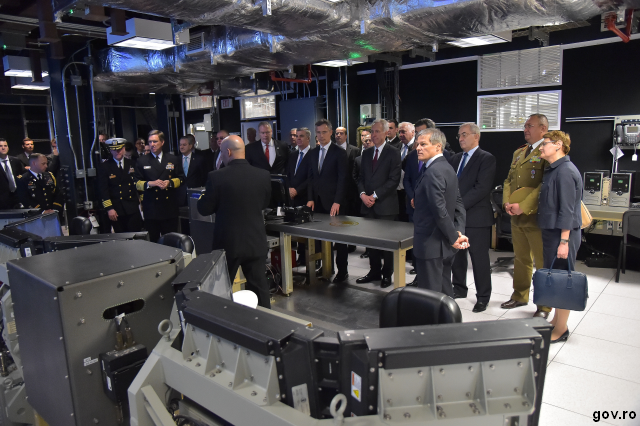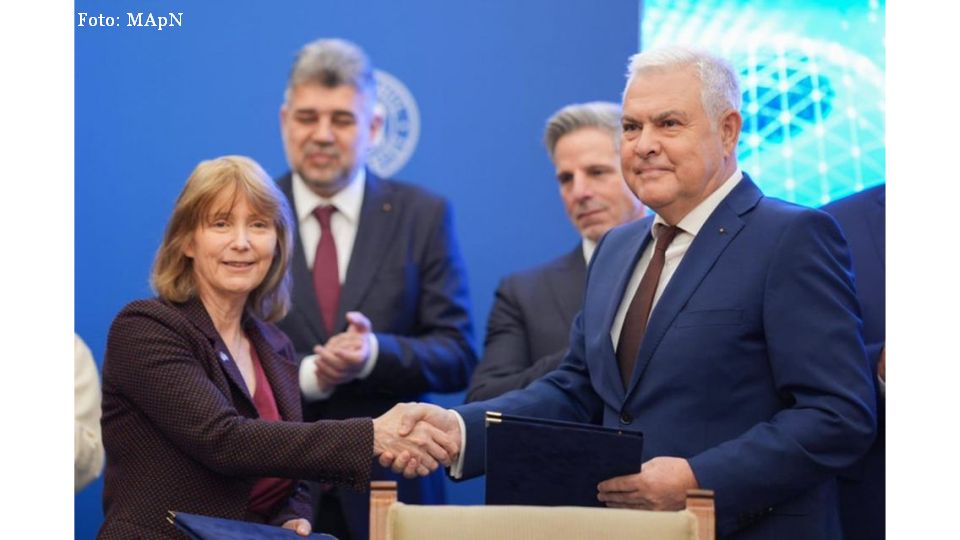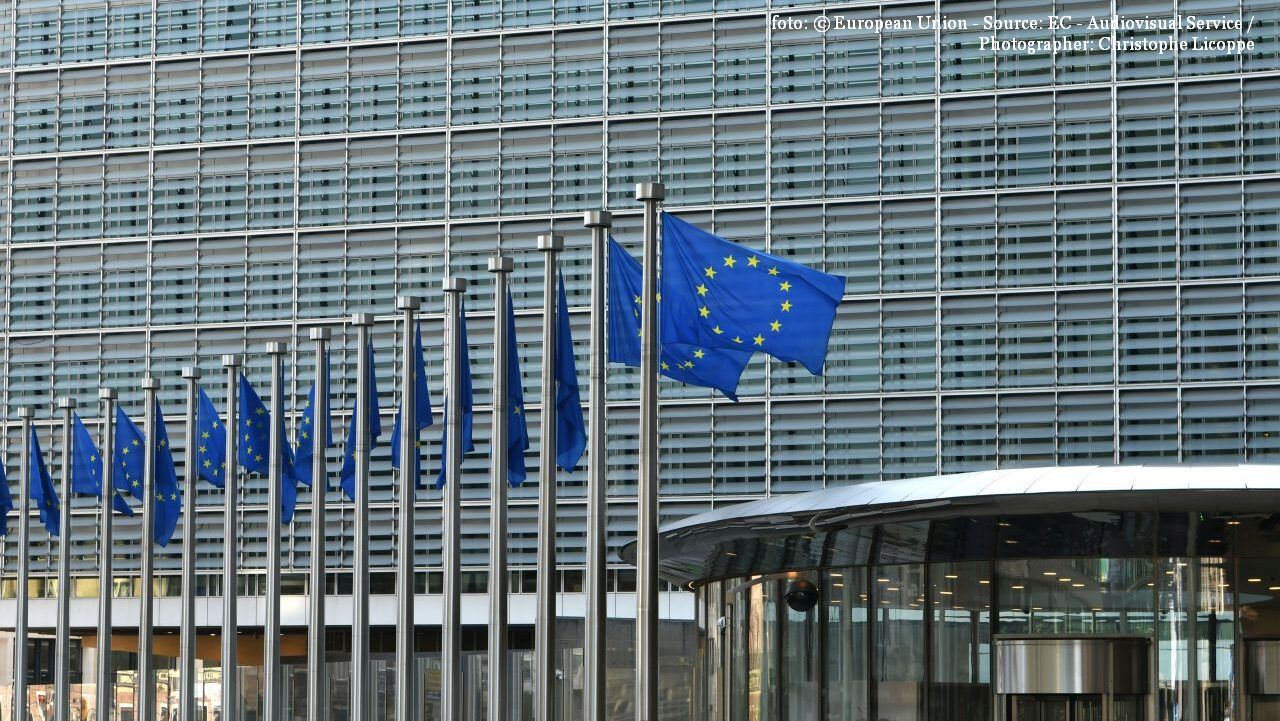Missile Defence and Security Threats
The Romanian Foreign Ministry responds to Putin's warning regarding the missile shield base in Deveselu

Roxana Vasile, 26.10.2018, 12:19
All it took was a tiny spark from the US, for Russia to blow things
out of proportion. The US President Donald Trump announced his country would
pull out of the Intermediate-Range Nuclear Forces treaty (INF) signed with
Moscow in 1987, and which, according to the White House, has been repeatedly
violated by Russia for years. Vladimir Putin was quick to react, and claimed
the decision to denounce the treaty would lead to a new arms race. Hinting at
dangerous, even apocalyptic future scenarios, according to some of his aides,
Putin threatened with a quick and effective response in kind. Those European
countries that would agree to station US missiles would expose their territory
to the threat of a possible retaliatory strike, Putin added, and said he was
hoping to discuss the issue with President Trump during their meeting in Paris
on November 11.
Meanwhile, Romania, which feels targeted directly by these
statements, given that under the NATO umbrella the USA has activated in
Deveselu, southern Romania, a missile shield base equipped with missile
interceptors able to shoot down enemy ballistic missiles while they are still
in space, responded to Putin’s statements. According to the Romanian Foreign
Ministry Russia’s mentioning this system in the context of the dispute on the
INF is completely irrelevant. Moreover, Moscow’s aggressive rhetoric is
unwarranted and counterproductive, given that Kremlin has received long ago all
the necessary assurances and explanations both from Romania, and the
North-Atlantic Alliance. Still, Bucharest reiterates them now, and says the
missile shield is purely defensive and complies with all international
commitments.
Following these new threats targeting European countries, and
precisely in order to remind President Putin that NATO stands by its members,
the Alliance initiated in Norway on Thursday the biggest military drills since
the Cold War, simulating a response to an attack on one of the Allies. Taking
part in the manoeuvres, known as Trident Juncture and scheduled to end on
November 7, are 50,000 troops, 250 aircraft, 65 vessels and 10,000 land
vehicles from 31 NATO member and partner states. NATO does not want a conflict,
but it is prepared to protect all its members against any threat, the
organisation’s secretary general Jens Stoltenberg said. Moscow retorted
quickly, describing the exercise as provocative and anti-Russian.
(Translated by A.M. Popescu)






























